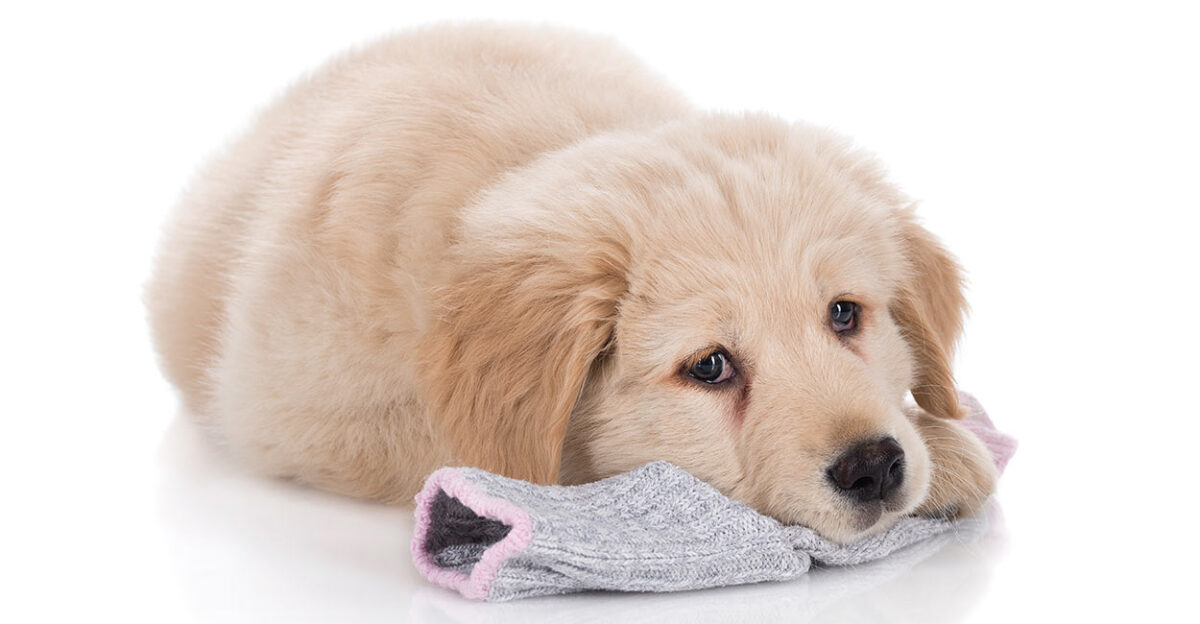
If you have a pet who is anxious, such as a cat or dog that yells and pant all day, it’s tempting to try a blanket with weights, which are marketed for treating anxiety. Are they safe for animals?
What are anxiety blankets?
People with anxiety disorders have found weighted blankets to be helpful. Some people may find comfort in the heavier blanket, as it mimics the feeling of being swaddled. Sensory integration is the theory that underlies weighted blankets. Weighted blankets may lower stress and arousal levels in the body by applying deep, consistent pressure. Your brain will follow suit when your body is calmer.
There are some studies that show people feel calmer when using a weighted blanket. In a study of children with autism, it was found that the blankets didn’t help them fall asleep quicker, but the children liked the weighted ones. Parents said that blankets were having a positive impact on their children. The study indicates that the blankets had a positive effect on children’s psychological well-being, even though there wasn’t a huge physiological reaction.
Can Anxiety Blankets be Used on Pets?
Others may not like it. Some people enjoy the feeling of being “tucked” in with a blanket that is weighted, but others find this restrictive. Some pets prefer to be swaddled or “tucked in” with a blanket, while others may find it restrictive. Be aware that weighted blankets designed for humans may not be suitable to use on pets. Even a weighted child blanket can be too heavy for your pet depending on its size.
Weighted blankets for adults can range from 10 to 20 pounds. Although the weight of the blanket is distributed evenly, smaller animals may find it difficult to get comfortable or move about under the blanket.
The weight of the blanket may be too heavy for your cat or dog, especially if they are only 10 pounds. This may make them uncomfortable and force them into an awkward position where it is difficult to get up. A blanket that is designed to help humans with anxiety may also place too much pressure on the chest of a dog or cat, making it hard for them breathe. Imagine wearing a corset that is too tight and trying to breathe deeply. This may be how your pet feels under a blanket.
Safety risks are higher for animals with flat faces, such as Bulldogs and Persian cats. If your pet suffers from a skin disorder, the pressure exerted by a blanket that is weighted may cause irritation.
The weighted blankets are also problematic for dogs who chew on the blankets. If your dog destroys the blanket you will likely find plastic beads all over. The material can cause upset stomachs, including vomiting or diarrhea, if they ingest it. If your pet eats enough material, it may cause intestinal obstructions that require surgery.
Pet Anxiety Blankets
There are currently no blankets or wraps that are specifically designed for pets. However, several products are marketed to help reduce anxiety among dogs and cats. These vests and wraps are designed to work the same way as they do for humans. Vests and wraps should be tight-fitting to provide light pressure.
In several studies, dogs with separation anxiety, noise or thunderbolt phobia or a fear of thunderstorms or loud noises wore vests or wraps and showed a calmer response. The skin contact caused by the vest or wrap can also cause oxytocin to be released, which lowers heart rate and blood pressure. It may even help social bonding.
A blanket made for humans is not as comfortable to wear. Anxiety vests and wraps are better suited for cats or dogs. They are more comfortable and provide freedom of movement. While some dogs or cats will tolerate the vests and wraps them well, others may require a short period of wearing them to acclimate them to its different feeling gradually. These pet-specific products can help some animals with anxiety.